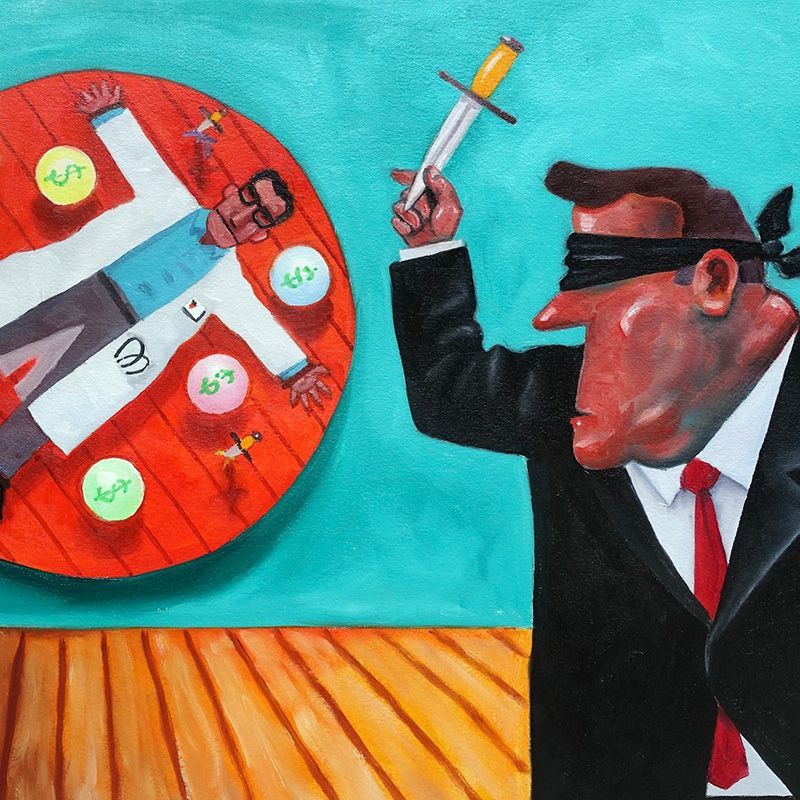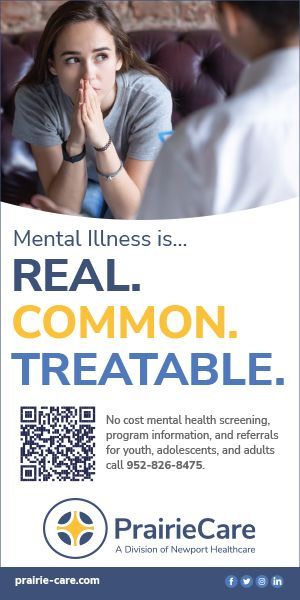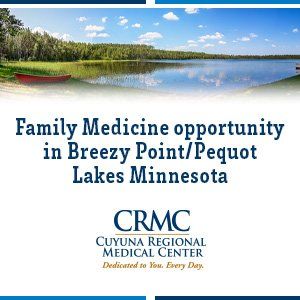few weeks ago, at the end of a talk about clinician distress, a physician in the audience stood up and said, “No one’s medical school application says they want to maximize profits for health systems. All of us – ok, except maybe one or two in every class who are mercenary – wanted to help people, and when we can’t do that anymore, it’s excruciating.” The landscape of medicine has changed dramatically in the past two decades with health system consolidation, vertical integration, and a shift to physician employment. It’s important to understand how those changes impact physicians so we, as a profession, can respond appropriately.
cover story one
Moral Injury in Health Care
A growing concern
If I ever break this oath, let my gods take away my knowledge of this art and my own health. Here speaks a citizen, a servant of people. May I be destroyed if I betray these words.
~translation by Amelia Arenas, artist, poet, and playwright
By Wendy Dean, MD
As background for any discussion of distress or moral injury, a brief comment about oaths, professionalism and trust is warranted. Doctors, either explicitly or implicitly, take an oath when joining the profession of medicine, proclaiming a covenant with society. We promise to use our specialized knowledge for healing, a service which society cannot provide itself; in exchange society bestows certain privileges, powers and prerogatives on physicians, as it does on other professions, like the military, law and the clergy. That promise to society defines us as professionals, shaping how society views, and behaves toward, doctors, as well as how we view ourselves and our work.
The agreement between physicians and society, and explicit in the oath, is a promise not to use bestowed privileges to prioritize self-interest, laying the foundation of trust. The most powerful tool physicians have for healing patients is the relationship with them. The quality of that relationship determines how forthcoming patients will be, whether they adhere to recommendations and, ultimately impacts their outcomes. It even determines how likely patients are to sue for malpractice. And each of those dependencies boils down to one essential element: trust.
Trust results from the often-subconscious assessment of a few characteristics: competence, reliability and integrity, which are undermined by perceptions of self-interest. Our fidelity to our oath, our trustworthiness and refusal to exploit vulnerable patients for our own benefit, is a cornerstone of our profession’s identity, and our individual identity as medical professionals within it. Allowing pressures from outside our profession to alter the terms of that promise will fundamentally change our relationships with our patients and with society.
Distress in health care is not a new phenomenon.
Betrayal and Transgression
Moral injury, which at last count had nearly twenty different definitions, was originally described in combat veterans by psychiatrist Jonathan Shay, as a sense of betrayal, by a legitimate authority, in a high-stakes situation. Others, including Brett Litz and William Nash, also working with veterans, later expanded the concept, de-emphasizing “betrayal” and instead focusing on transgressions of deeply held moral beliefs and expectations. Those two definitions are usually referred to as “external” and “internal” sources of moral injury. However, it may be most useful to think of them in a stimulus and response relationship: a perceived, inescapable betrayal leads one to transgress one’s deeply held moral beliefs.
As medical professionals, those deeply held moral beliefs are the oaths we took to put our patients first. When we speak about “moral injury”, then, it is not about stiff-necked self-righteousness. It is not about personal beliefs or values. At its core it is about our professional obligations and integrity. It is about the covenant we make with society as a member of this profession, to comfort and to heal, with our patients’ needs as our priority. Undermining that promise threatens the very core of what it means to be a physician.
Those threats to our core values, and the risk of moral injury come in many guises. Revenue-generating clicks in the electronic medical record (EMR) erode the undivided attention patients deserve. Insurance prior authorization hurdles delay necessary care, resulting in predictable, preventable, worse patient outcomes and regularly necessitating higher acuity care. Health systems mandating in-system referrals (“anti-leakage mandates”) when greater expertise is available elsewhere feel deceptive to patients. Emergency room care that is driven by order sets, which over-test, and electronic billboards marketing short ER wait times, updated in real time, undermine what physicians know to be good practice.
Experts, for nearly half a century, have used “burnout” as a monolithic descriptor for the distress health workers experience. The prevailing approach to mitigation, until recently, has been to address the demand-resource mismatch underlying the experience, or to harden individuals to better tolerate it. But decades of earnest implementation of widely varied strategies have had disappointing results. A few years ago, burnout seemed primed for a diagnostic reassessment, as good clinicians do when responses to treatment are less robust than expected.
Research by Colin West in 2020 confirmed that physicians are significantly more resilient than the average employed population, so it wasn’t that they just weren’t tough enough to handle the job. And scores of doctors, on surveys and in conversation over the last seven years, confessed they knew they were signing up for long hours and seeing impossibly hard things, but they didn’t know how hard it would be to get their patients the care they needed. Burnout didn’t capture this important part of their distress – the inability to practice due to constraints beyond their control. As Ed Yong put it in The Atlantic in November 2021, “Health care workers aren’t quitting because they can’t handle their jobs. They’re quitting because they can’t handle being unable to do their jobs.” Doing 4000 clicks to document encounters and writing orders during each emergency department shift is exhausting, feels ineffective and can drive a cynical outlook. But when those 4000 clicks also mean patients get testing they don’t need and face financial hardship as a result, just so a health system has better margins? That feels like exploitation of patients’ vulnerability—a betrayal of one’s oath and a risk for moral injury, with its accompanying anger and frustration.
Addressing Physician Distress
Burnout and moral injury are best viewed as different categories of contribution to physician distress: the transactional or operational challenges of burnout and the relational ruptures of moral injury. The two are distinct experiences, which may occur separately or concurrently, and each may influence the other. For example, being understaffed is a situation of clear demand-resource mismatch and a risk for burnout. However, if staff alerts leadership to the patient safety risks associated with short staffing, and those warnings go repeatedly unheeded, workers may experience the situation as a betrayal by leadership, raising their risk of moral injury. Conversely, repeated, unavoidable betrayals can lead to learned helplessness, which mimics the exhaustion, ineffectiveness, and cynicism or detachment of burnout.
Clinicians of all licensee groups can experience moral injury, and any individual licensee who identifies as part of a disempowered group (black, indigenous, people of color, women, and LGBTQIA for example) is at higher risk. Moreover, our work shows that leaders, from middle management to chief executives, also experience moral injury. It is a point of commonality and a place to begin repair.
Physicians are significantly more resilient than the average employed population.
Where does change start?
As with any betrayal, repairing moral injury begins with rebuilding trust. Physicians bore the brunt of some egregious choices during the pandemic. They waded into the breach without sufficient personal protective equipment, had their pay, their hours, or their retirement contributions cut to shore up uncertain health system finances. They were warned not to speak with the media about their concerns, and they or their friends fell ill while many leaders retreated to a safe distance. Repairing those ruptured relationships is akin to repairing torn familial ties.
The strongest group ties arise from a shared set of values, instilled early and revisited often. But physicians often question whether their values are, indeed, those of their institution. As Danielle Ofri said in a New York Times op-ed in 2019:
Mission statements for health care systems and hospitals are replete with terms like “excellence,” “high-quality” and “commitment.” While these may sound like Madison Avenue buzzwords on a slick brochure, they represent the core values of the people who labor in these institutions . . . It is this very ethic that is being exploited every day to keep the enterprise afloat.
Too often, the words on the walls do not match what happens in the halls. Instead of reflecting the values and commitments of the entire organization, snappy, wholesome slogans are workshopped and focus-grouped by marketing departments to appeal to health system users. Many are disconnected from the reality of clinical practice in margin-managed systems. Patients and physicians alike end up disappointed and frustrated that care cannot meet those aspirational standards, while at least some marketing departments defend their aspirational statements as “puffery,” not meant to reflect reality.
Reassessing Value Alignment
Health care was in a crisis of distress before 2020 but living through the pandemic and the concomitant social and political upheavals changed us all. It also reordered many of our priorities, as commonly happens when death is very present. Reassessing values alignment—as organizations, as professionals, and as individuals—based on what we have learned and lived through in the last three years, is a critical step to rebuilding cohesive systems of care. It is not enough to speak our values, though. Both administrators and clinicians must uphold and defend those values, using them as guiding principles during decision-making.
Recommendations will not work, though, if speaking up is unwelcome, risky or futile. Health workers have been especially restive since the start of 2020. The Bureau of Labor Statistics tracks worker strikes involving more than 1000 workers. In 2021, there were 16 such strikes nationwide, four of which were in health care; in 2022, there were eight such actions, five in health care. Prior to the pandemic, workers had long warned that paring staff, supplies and space to the bone could be deadly in a crisis, but they were ignored. They lived through their worst fears becoming reality and they are loath to be ignored again. The workforce, including physicians, are walking out, or threatening to, to ensure their voices heard.
Short of formally organized workforces, more physicians are recognizing the power of a collective voice, especially in corporate environments that resist dissent. More professional societies and bodies representing employed physicians are driving change by joining forces across typically unspoken specialty boundaries. One dissenting voice is easily quieted, but if half the revenue-generating workforce speaks as one, it reverberates through the organization.
The other benefit of collective effort is a broader pool of knowledge from which to draw. Effective advocacy thrives on unassailable facts, and understanding the financial, policy, regulatory and legislative landscapes thoroughly is critical. Group members working in a coalition bring varied skill sets and knowledge bases, as well as perspectives and interests to the effort.
Distress in health care is not a new phenomenon, but the pandemic revealed it is as much about the relational ruptures of moral injury, as about the operational challenges of burnout. It further raised physicians’ concerns about the troubling influence over their practice of current health care business structures and priorities. Many agree the present situation is unsustainable and are eager for change.
Creating Change
Change happens when discomfort, whether physical or psychological, is bad enough to overcome inertia. It also generates discomfort as it upends familiar routines and disrupts well-worn thought patterns. Improvements happen because of and through that discomfort. Unfortunately, physicians have gotten a reputation as being resistant to change when, really, they are simply reluctant to experiment with unproven upheaval in a high-stakes environment where illness itself is unpredictable enough. They must see promise of a reliable, beneficial outcome to justify the increased risk, to their patients and to themselves of disruption.
We know individual approaches to distress will not change the underlying causes of systems dysfunction, but they help cultivate the stamina to wait out operational improvements. Every physician knows how much sleep, exercise, downtime, and social connection they need to maintain optimal performance. It’s time to start setting boundaries in defense of one’s best performance, to better tolerate the disruptions to come in defense of good medicine practiced well. Because, as General Martin Dempsey said about the profession of the US military, in his October 2011 letter as the leader of the Joint Chiefs of Staff, “We’re not a profession simply because we say we’re a profession. We must continue to learn, to understand and to promote the knowledge, skills, attributes, and behaviors that define us as a profession.”
Wendy Dean, MD, is a psychiatrist, author of, If I Betray These Words, and co-founder of the Moral Injury of Healthcare. She previously worked for the US Army in medical technology innovation..
MORE STORIES IN THIS ISSUE
cover story one
Moral Injury in Health Care: A growing concern
By Wendy Dean, MD
cover story two
Treating Rare Disease: New legislation brings hope
By Erica Barnes, MA, CCC-SLP , Sheldon Berkowitz, MD, FAAP and Kris Ann P. Schultz, MD




















